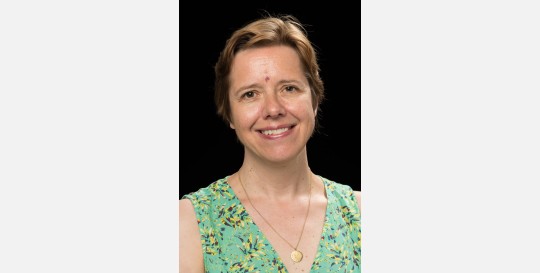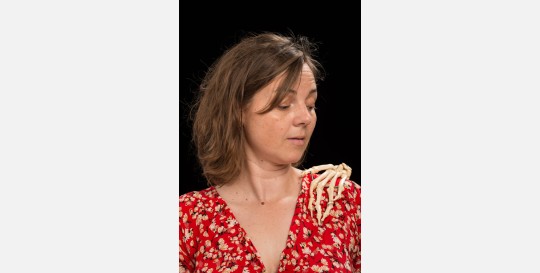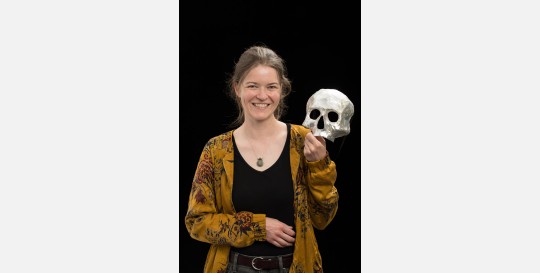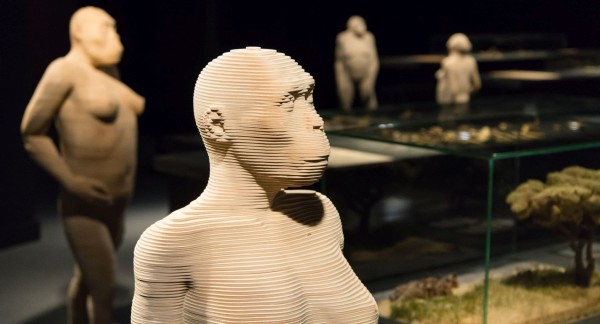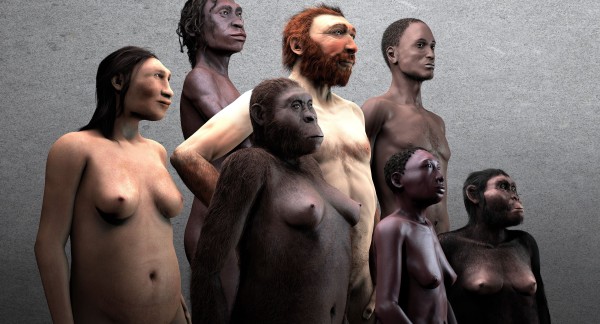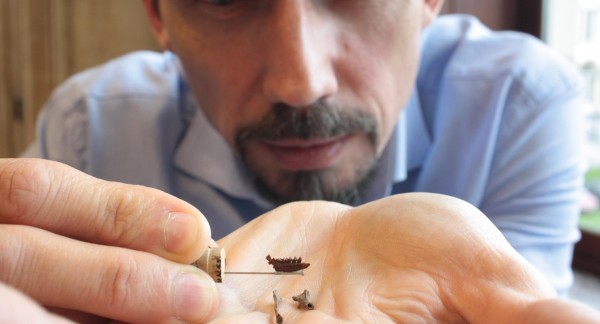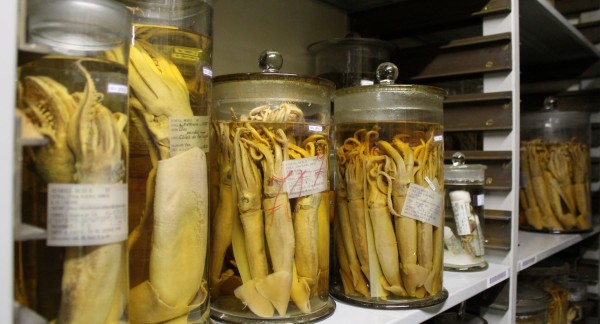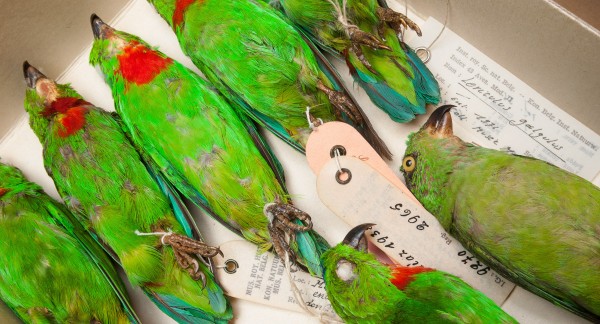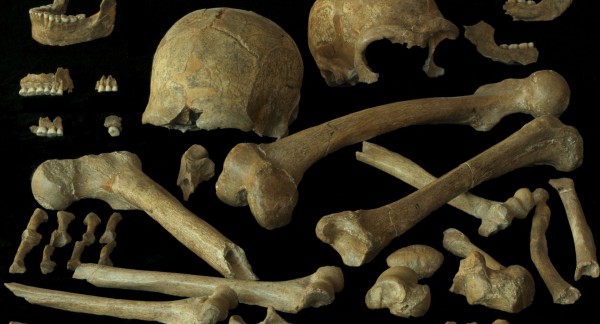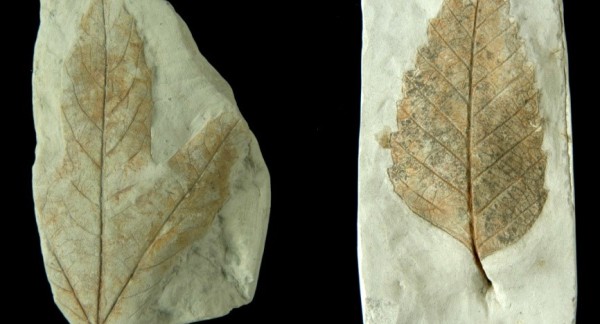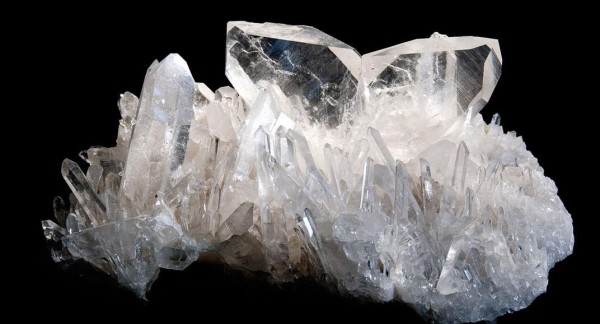Anthropology and Prehistory Collections
The collections of anthropology and prehistory hold clues to the reconstruction of our human history. RBINS houses the largest collection of human remains from Belgium including a world-class collection of Neanderthal remains. We also curate the largest Belgian collection of prehistoric artefacts and the oldest art objects excavated from our country. These important collections help us to understand past lifes including the diet, lifestyle, mobility, art and religious beliefs of our ancestors.

The archaeological collections are mainly the result of excavations undertaken by RBINS researchers at prehistoric sites in Belgium during the second half of the 19th century and the 20th century. These collections are completed by a few ethnographic objects and specimens that were either exchanged or donated to us.
The anthropological collections contain prehistoric human remains that have been discovered in Belgium during archaeological expeditions. The Spy Neanderthals, excavated in 1886, are our best-known Belgian fossil remains and are studied by researchers from all over the world. More recently, the restudy of the Goyet cave collections allowed us to identify several adult neanderthals. The excellent preservation of DNA in these bones (Neanderthals and Upper Paleolithic Anatomically Modern Humans) meant they were included in large genetic studies on palaeolithic fossils in Europe.
We have collections of human remains from medieval and modern sites all over Belgium. This includes two collections of individuals of known age and gender which are important when reconstructing the social structure of our ancestors.


Restitution debate
As part of the human remains collections, we also have collections of human remains from the former Belgian colonies as well as from all over the world. There are over 500 historical remains from Belgium’s former colonies Democratic Republic of Congo, Rwanda and Burundi which were collected in a highly problematic colonial context. These are largely part of the collections transferred from the Royal Museum of Central Africa in 1964-65. The HOME project, co-ordinated in our Institute and concluded in 2023, is calling to change the law to facilitate the repatriation of human remains where requested and to put human remains out of commerce.
4
conservatories
40
prehistoric art objects
digitized
200+
Neanderthal fossils
500+
human remains from the
former Belgian colonies
Our team
Search our collections
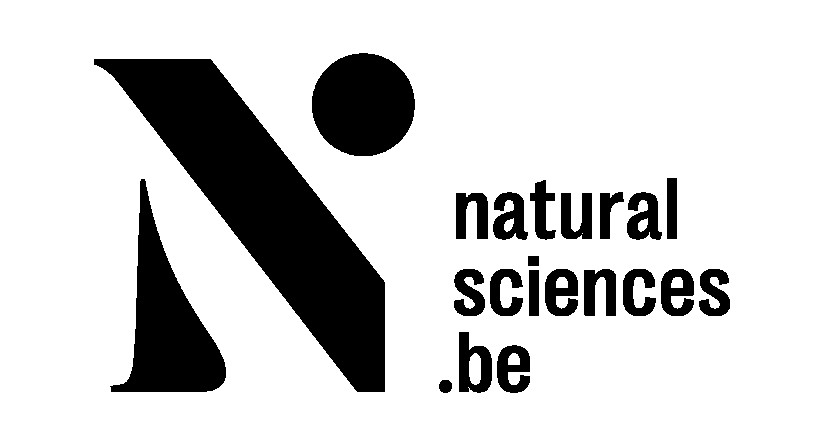
DaRWIN
(species)

Virtual collections
(digitized specimens)

Collections
(general info)

Metadata catalog
(available scientific data sets)
Learn more about our human history
Our collections
Visiting the collections
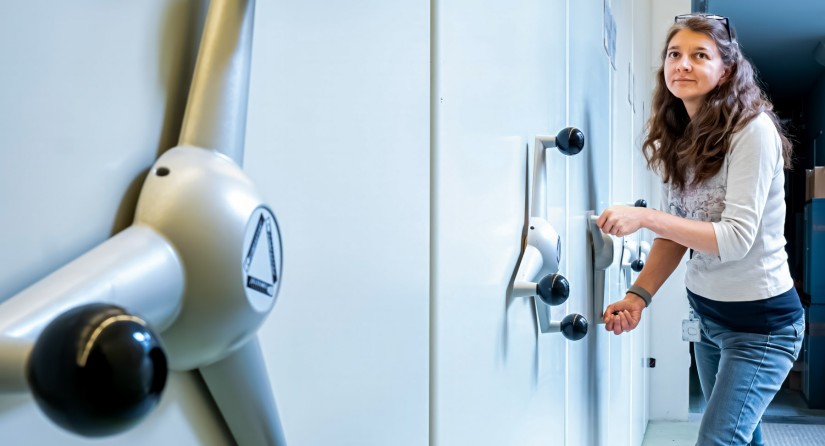
Are you a researcher wishing to study a collection?
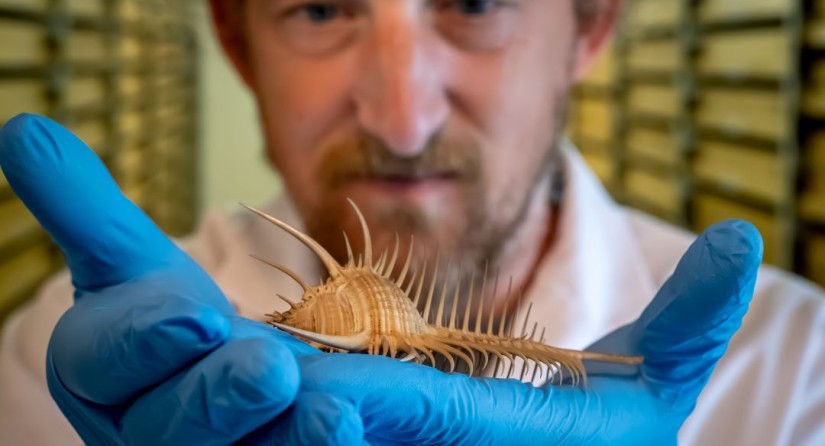
You want a backstage guided tour with a peek into our collections and labs?
The history of our collections
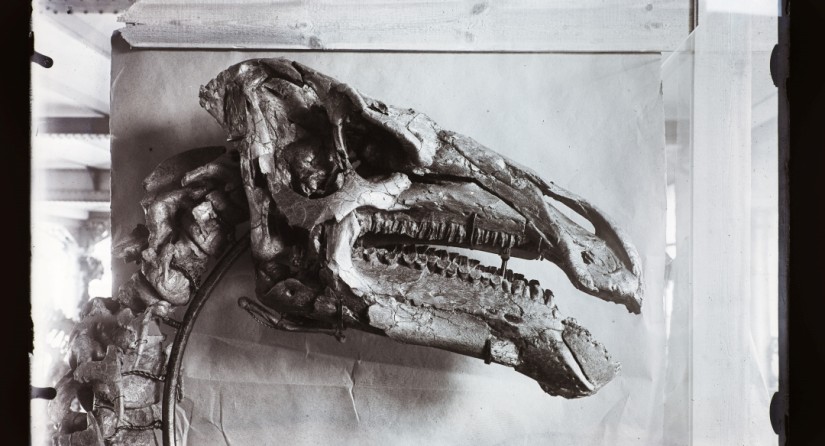
How did our eclectic selection of specimens grow into one of the most important in the world?
Donate your collection
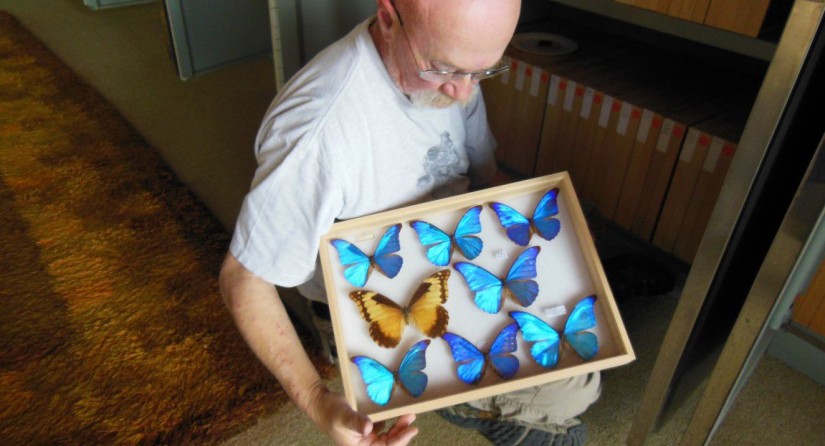
Your private collection or the one you inherited could be of great scientific value. Why not donate them to the Royal Belgian Institute of Natural Sciences? We will keep the specimens in perfect condition.

